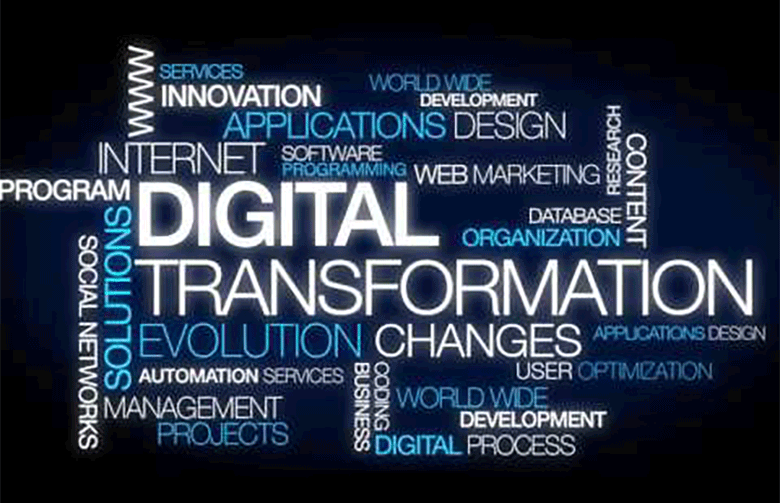The Evolution of Media and Journalism in the Digital Age

In today’s fast-paced world, where information flows instantaneously and boundaries between countries blur in the digital realm, the role of media and journalism has undergone a profound transformation. From traditional print newspapers to online news platforms and social media influencers, the landscape of how we consume and interact with news has changed drastically over the past few decades.
Table of Contents
ToggleThe Rise of Digital Journalism
The advent of the internet marked a pivotal moment in the history of media. Traditional newspapers and magazines gradually shifted towards digital formats iowaheadlines.com, making news accessible to a global audience with just a few clicks. This shift not only democratized access to information but also posed new challenges and opportunities for journalists and media organizations alike.
Online journalism brought with it a new era of immediacy and interactivity. News updates could now be disseminated in real-time, reaching audiences across the globe within seconds. Social media platforms further accelerated this process, allowing news to spread virally and enabling citizen journalism where ordinary individuals could report and share news events as they happened.
Challenges in the Digital Era
However, with the benefits of digital journalism came significant challenges. The proliferation of fake news and misinformation became a pressing issue, exacerbated by the ease and speed with which information could be shared online. Media organizations faced the daunting task of maintaining journalistic integrity and credibility in an environment where sensationalism often competed with factual reporting.
Furthermore, the business model of traditional journalism underwent a seismic shift. Print advertising revenues dwindled as online advertising became the primary source of income for many media outlets. This transition forced news organizations to adapt and innovate, experimenting with paywalls, subscriptions, and diversified revenue streams to sustain their operations in the digital age.
The Role of Citizen Journalism and Social Media
One of the most profound impacts of the digital era on journalism has been the rise of citizen journalism and social media influencers. Platforms like Twitter, Facebook, and Instagram have empowered individuals to share news and opinions on a global scale, often influencing public discourse and shaping narratives in ways previously unimaginable.
While citizen journalism offers a grassroots perspective and can amplify marginalized voices, it also raises questions about credibility and journalistic standards. The challenge for media organizations lies in validating user-generated content while upholding ethical reporting practices and ensuring accuracy in an era dominated by the 24/7 news cycle.
The Future of Media and Journalism
Looking ahead, the future of media and journalism appears both promising and challenging. Technological advancements such as artificial intelligence and machine learning are poised to revolutionize how news is gathered, analyzed, and disseminated. Automated journalism, where algorithms generate news stories based on data inputs, presents both opportunities for efficiency and concerns about editorial oversight and human judgment.
Moreover, the ongoing debate over the regulation of social media platforms and the responsibilities of tech giants in curbing misinformation continues to shape the media landscape. As society grapples with these complex issues, the role of journalists as truth-seekers and watchdogs remains as crucial as ever, ensuring transparency, accountability, and the preservation of democracy in the digital age.
In conclusion, while the digital revolution has reshaped the media and journalism industry in profound ways, its core mission of informing the public, holding power to account, and fostering an informed society remains unchanged. As we navigate the complexities of an increasingly interconnected world, the evolution of media and journalism continues to unfold, driven by innovation, adaptation, and a steadfast commitment to the principles of truth and integrity.
